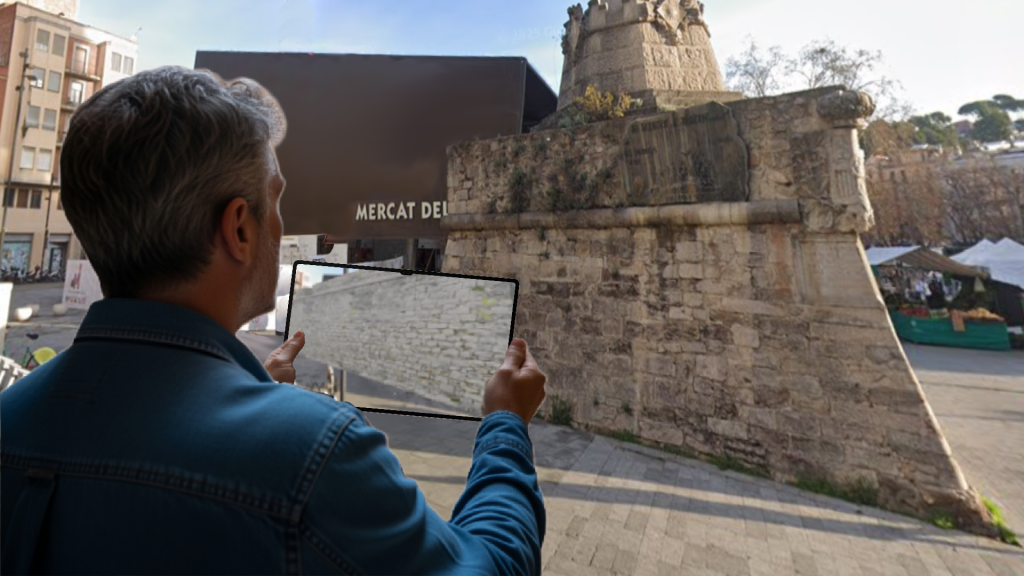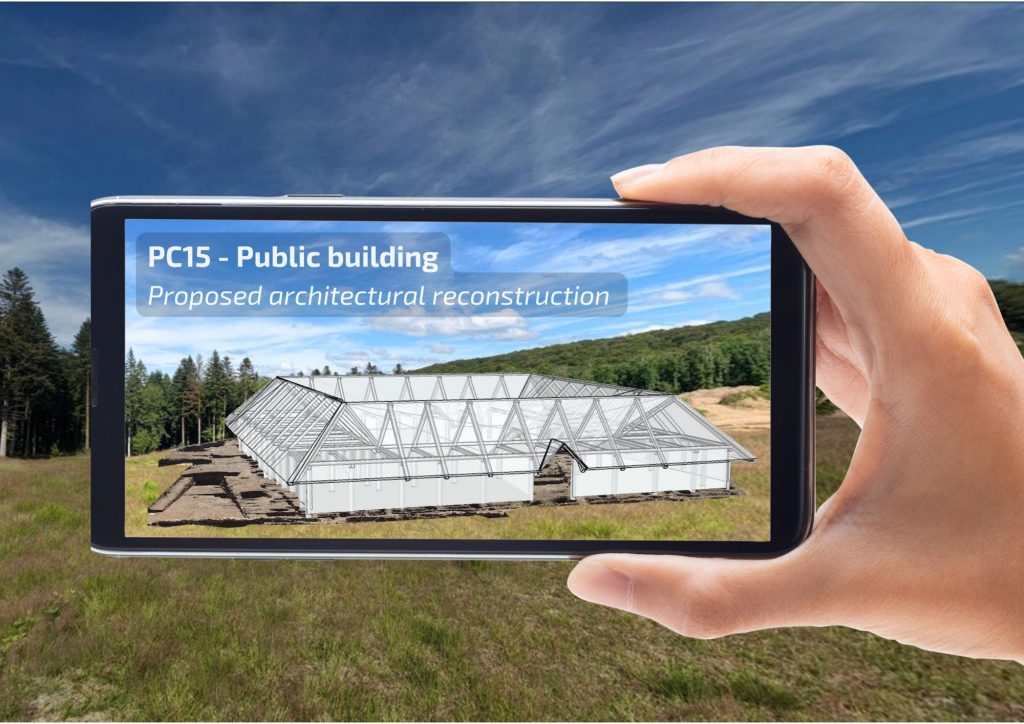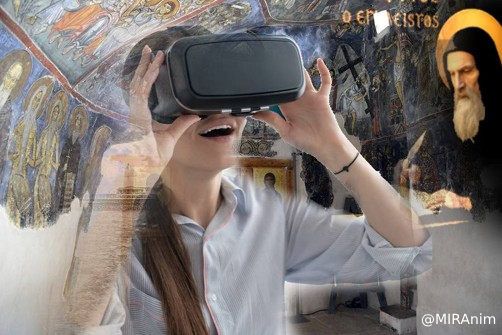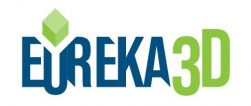The progress in creating XR scenarios
EUreka3D-XR develops demonstration prototypes, also called XR scenarios or pilots, which take place in three different settings and locations – Girona (Catalonia, Spain), Bibracte (France), and Paphos (Cyprus) – and that use the EUreka3D-XR open tools developed for enabling CHIs to reuse cultural collections to create XR experiences dedicated to end-users:
The Girona pilot

The Girona pilot (led by CRDI) is about using archival materials to reconstruct in 3D the medieval walls of the city of Girona (Catalonia, Spain); and to reuse such reconstruction for an AR walking tour using a mobile device.
The walls were partly demolished at the beginning of the 20th century because of the new urban setting of the city, and so archaeological restoration was not possible anymore. In the EUreka3D-XR project, 3D modelling and XR let us go back to history and recover what was destroyed at that time. Based on cartography, engravings, photography, films and textual records, we will be able to visualise the walls again with a very realistic approach.
Tool: Using the tool that partner project Swing:It is developing (AI 3D Builder), an advanced AI-powered software pipeline to generate 3D models from 2D image collections, it will be possible to create very realistic 3D models of the demolished walls. Besides, using the other tool also developed by Swing:It (3D XR Studio), a web-based and also a mobile application, it will be possible to have an XR experience on site.
The Bibracte pilot

The Bibracte pilot (led by Bibracte) is about visiting the archaeological site of the Celtic city of Bibracte (France) and being able to understand the process of excavations, the reconstructed aspect of buildings and the artefacts that were retrieved by archaeologists in different zones of the site, by following a map available on a mobile app.
The main challenge of mediating with visitors to the Bibracte archaeological site is to enable them to see and understand the almost invisible remains and realities on the site. The EUreka3D-XR project offers a more comprehensive and immersive response to this challenge, directly on the archaeological site. Thanks to AR, visitors will be able to view 3D models of terrain and objects linked to their discovery context and enriched with complementary media. This visit will allow them to discover ‘the hidden side of Bibracte’ by having access to missing elements, not visible in situ or not directly accessible to the senses and intellect.
Tool: Bibracte uses the AR Tour Builder and its complementary AR Tour Experience by NTUA, to produce the XR narrative of Bibracte archaeological site.
The Paphos pilot

The Paphos pilot (led by CUT) is about visiting a monastery in a cave in the surroundings of Paphos (Cyprus), and being able to virtually meet avatars of the monks who lived there, ask them predefined questions and hear their stories, with headset.
The pilot seeks to provide an alternative to the physical experience of visiting the Englystra should it be necessary to close the monument to the public for repairs, conservation, protection or safety and to provide access to those who may not be able to physically access the space due to distance or physical constraints.
The vision of the pilot is to produce a faithful digital representation of the Englystra based on previous and ongoing research to allow the primary stakeholder, the Monastery of Saint Neophytos, to tell the story of the Saint’s life and times through a digital ‘avatar’ of the saint who will appear in 3D and explains his story to the visitor. Two versions of the scenario are envisioned, one a Mixed Reality (MR) version on site and the other a purely virtual experience able to be distributed to schools.
Tool: CUT uses the Avatar Builder by MIRALab, to produce the creation of a new life of Saint Neophytos Englystra in Cyprus in virtual space.
The three pilots deliver user experiences of extended reality, thus meaning that the experience should be accessed by users on location, with mobile devices or virtual glasses and headset. However, the XR scenario for each pilot will also be made available in different formats that allow for online fruition, e.g., with illustrative videos, as a virtual reality experience via browser, or by enabling remote access to 3D objects on a map.
The scope of the three pilot scenarios is to demonstrate the use of the EUreka3D-XR tools by different types of CHIs and with different collections and approaches, and thus inspire other CHIs to try the tools with their own content, for creating their XR experiences that engage audiences in their own context. The main target audience for the scenarios are fellow CHIs and cultural professionals who are inspired by the pilot to try the tools in their own context.
The content produced and used in each pilot scenario will be published in the Europeana collections website, and documentation of the XR experiences will be made available openly to the stakeholders of the common European data space for cultural heritage, also providing access to the tools. The story of the development of the pilots, their contents and their tools will be presented as case studies and included in the final publication, distributed as online resource and on print.
The work done for the development of the scenarios also serves the effort on capacity building of EUreka3D-XR project by feeding learning resources, case studies and demonstration about the use of the tools to other cultural institutions in search for innovation in their workflows on 3D and digital transformation.

